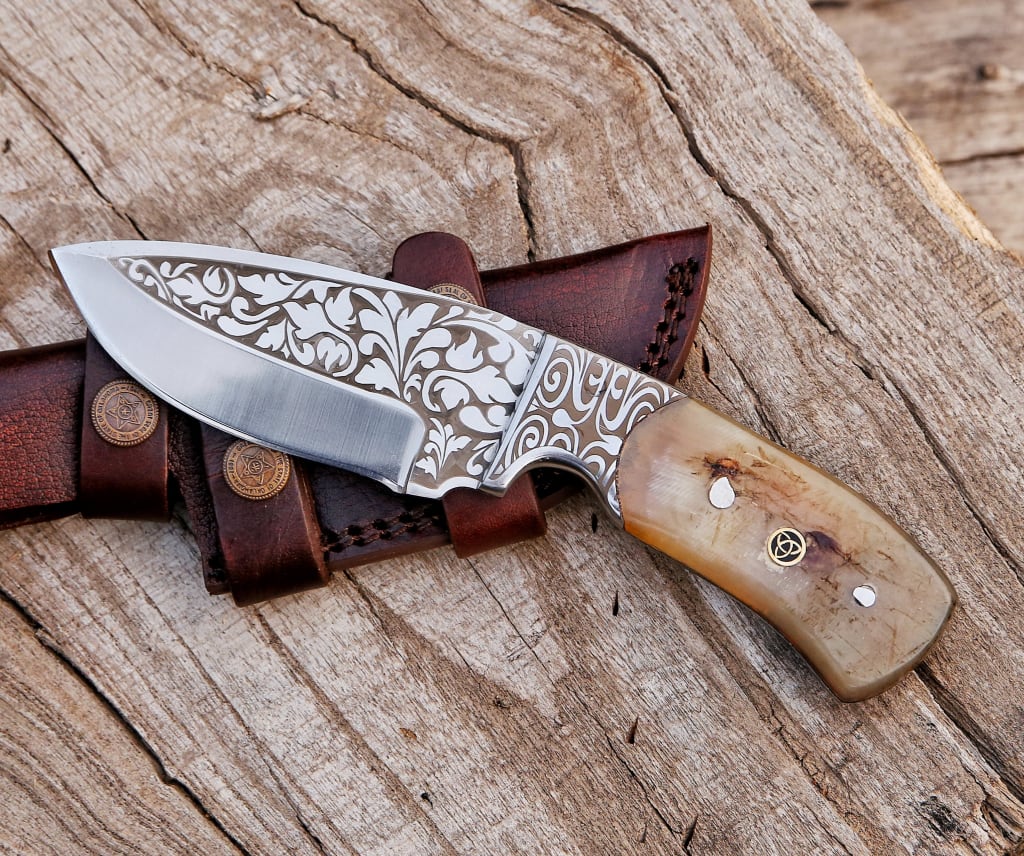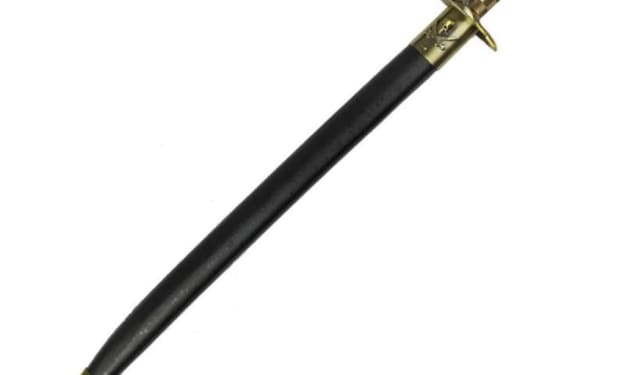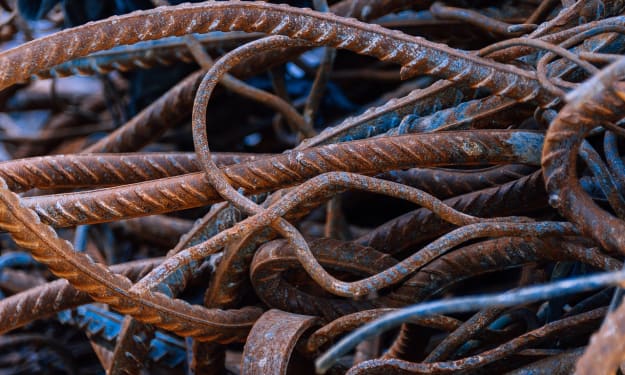Steps Involved in the Construction of A Damascus Steel Knife!
Damascus Steel Knife

Damascus steel is a type of steel that is characterized by its distinctive pattern of swirling lines. It is created by forging together multiple layers of different types of steel, which creates a unique and visually appealing pattern. The process of making Damascus steel has been used for centuries and was particularly popular in the Middle East during the medieval period.
Today, Damascus steel is often used to make high-end knives and other cutting tools. Making a Damascus steel knife involves forging two or more types of steel together. The different types of steel are chosen for their different properties, such as hardness or flexibility.
Once the steel has been forged together, it is then shaped and finished into the desired form.
The process creates steel that is stronger and more durable than the individual components, and the swirling lines of the pattern add to the beauty and uniqueness of the steel. Damascus knives are prized for their sharpness and durability, as well as their distinctive appearance.
Construct a Damascus Steel Knife
Constructing a Damascus steel knife is a complex and time-consuming process that requires a high level of skill and experience. Here are the basic steps involved in constructing a Damascus steel knife:
Selecting the Steel:
The first step in constructing a Damascus steel knife is to select the steel to be used. Typically, two or more types of steel are selected for their different properties, such as hardness and flexibility.
Forging the Steel:
The next step is to forge the selected steel together. This is done by heating the steel to a high temperature and then hammering it until it is thin and flat. This process is repeated several times until the desired thickness is achieved.
Layering the Steel:
The next step is to layer the forged steel. This is done by placing one layer of steel on top of another and then forging the layers together. The process is repeated until the desired number of layers is achieved.
Patterning the Steel:
The final step in the forging process is to pattern the steel. This is done by twisting, folding, or otherwise manipulating the layered steel to create the distinctive swirls and lines that are characteristic of the Damascus steel knife.
Read More: Balisong Knives Are Super Sharp And Highly Effective
Shaping and Finishing the Knife:
After the steel has been forged and patterned, the next step is to shape and finish the knife. This involves cutting the steel to the desired shape, grinding the edges to a sharp edge, and then sanding and polishing the surface to a smooth finish.
Constructing a Damascus steel knife is a complex and time-consuming process that requires a high level of skill and experience. The process involves selecting the steel, forging it, layering it, patterning it, and then shaping and finishing the knife to create a beautiful and functional tool that will last a lifetime.
The Popularity of Damascus Steel Knife!
These knives have gained significant popularity in recent years, due to their combination of beauty and functionality. The distinctive swirling pattern of Damascus steel is what sets it apart from other types of knives, and it is this unique pattern that has made this Damascus steel knife so sought after.
One of the factors contributing to the popularity of these knives is their durability and sharpness. The process of forging Damascus steel creates steel that is stronger and more durable than the individual components, making it ideal for use in cutting tools. Additionally, the sharpness of knives is unmatched, making them the preferred choice of many professional chefs and knife enthusiasts.
Another factor contributing to the popularity of Damascus knives is the aesthetic appeal of the steel. The swirling pattern of the steel adds a level of beauty and uniqueness that is not found in other types of knives, making them a popular choice for collectors and enthusiasts.
Read More: Uses of A Karambit Knife and Their Popularity!
About the Creator
Zara Sophia
A Writer/blogger by day, a knife enthusiast and survivalist by night. I've reviewed a lot of products and have helped people make the right purchase.
Enjoyed the story? Support the Creator.
Subscribe for free to receive all their stories in your feed. You could also pledge your support or give them a one-off tip, letting them know you appreciate their work.






Comments
There are no comments for this story
Be the first to respond and start the conversation.